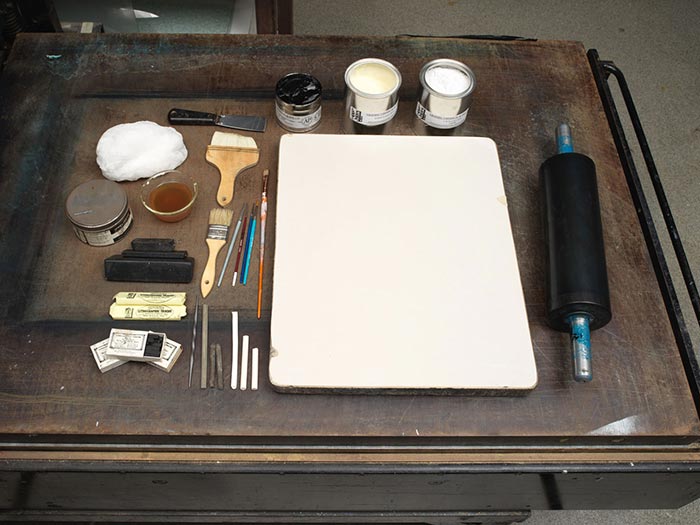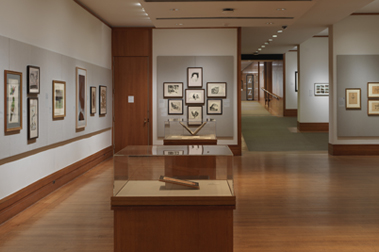The "Queen of Cattle" Bred and Fattened by George Ayrault, Poughkeepsie, New York, Exhibited at the Centennial, Philadelphia, 1876
Publisher Currier & Ives American
Not on view
The Centennial International Exhibition of 1876, the first official world's fair in the United States, was held in Philadelphia, Pennsylvania, to celebrate the 100th anniversary of the signing of the Declaration of Independence. The Centennial's Agricultural Hall and its forty-two acres of farm and livestock exhibits were very popular with visitors. The American displays of enormous, champion-size cattle were important sources of pride for a nation that was still primarily agricultural. The major lithography firm Currier & Ives were quick to capitalize on the popularity of such a remarkable cow by making this print portrait; its owner George Ayrault (named in the inscription), who owned a livestock farm in New York's Dutchess County, undoubtedly welcomed the public attention to his bovine wonder. In the late nineteenth century, prints of cattle were numerous and affordable; Americans liked to acquire wholesome farm imagery to decorate their homes.
The New York firm of Currier & Ives grew from a printing business established by Nathaniel Currier (1813–1888) in 1835. Expansion led, in 1857, to a partnership with James Merritt Ives (1824–1895),the firm's accountant and the brother-in-law of Nathaniel's brother Charles. The firm operated until 1907, lithographing over 4,000 subjects for distribution across America and Europe with popular categories including landscape, marines, natural history, genre, caricatures, portraits, history and foreign views. Until the 1880s, images were printed in monochrome, then hand-colored by women who worked for the company at home.
This image cannot be enlarged, viewed at full screen, or downloaded.


